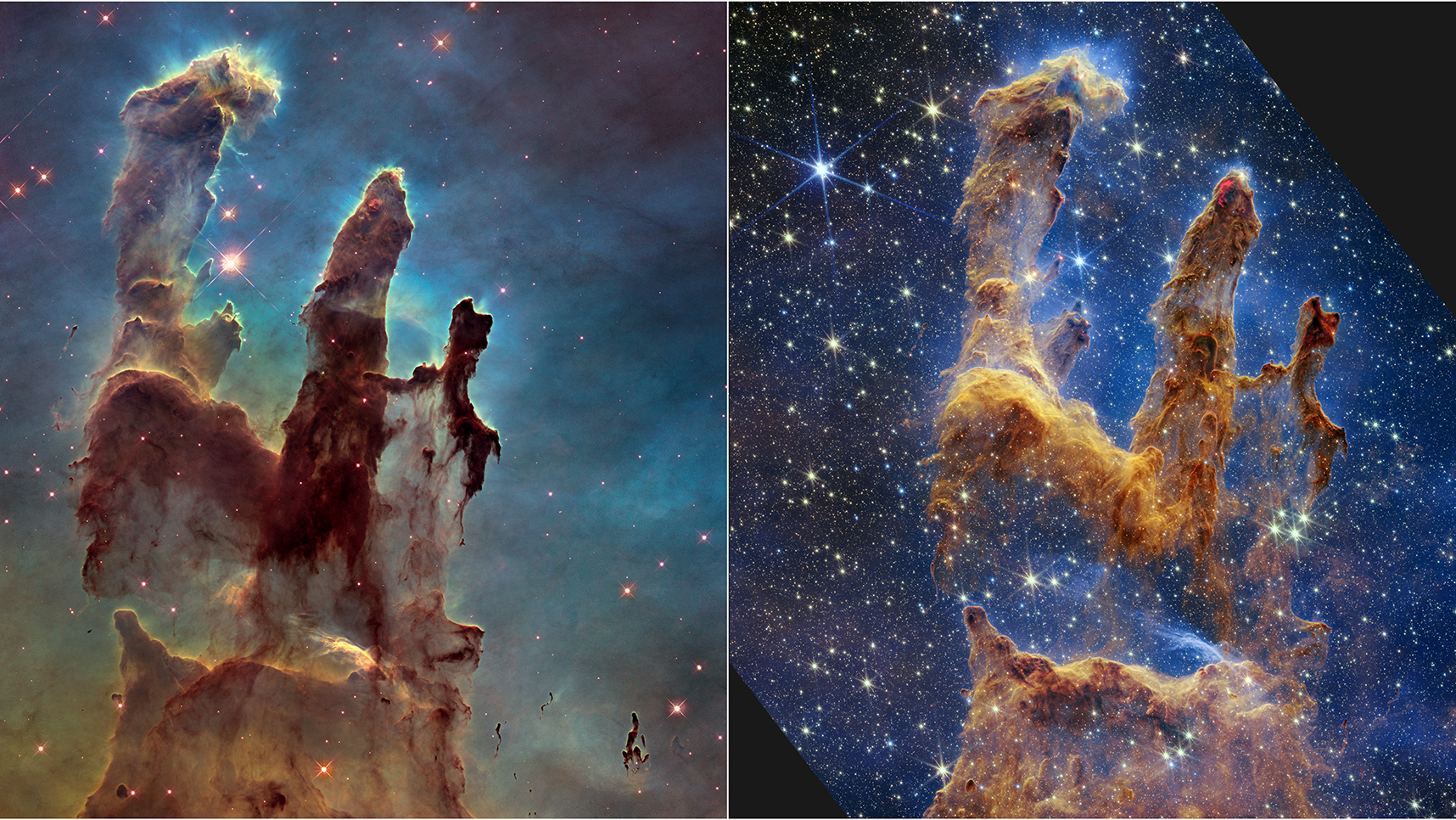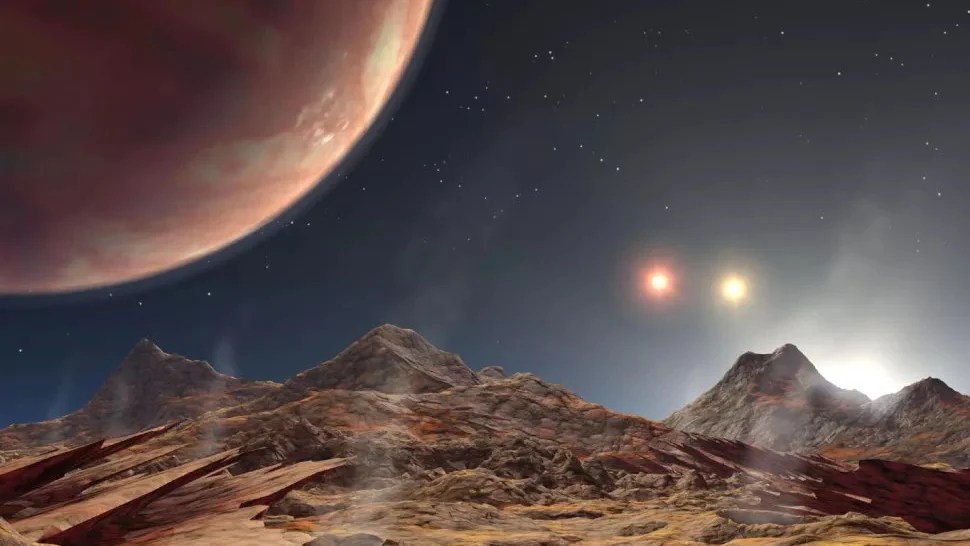Celebrate the 4th with Eta Carinae’s slo-mo fireworks

- Eta Carinae is one of the most massive stars we know of, and it’s doomed.
- In the mid-19th century, astronomers observed an eruption that foreshadows the star’s end.
- The stunning photo provides new insights into what happens when a start explodes.
The Hubble Space Telescope has taken so many unforgettable images, and yet it keeps capturing the most amazing pictures. Just in time for the U.S. Fourth of July celebrations is a new image of a monstrous, ongoing galactic firework: a jaw-dropping view of the massive double-star system star Eta Carinae. As massive as it is, it’s not expected to be around very long, in galactic terms. It’s been building up to its explosive finale since at least 1838, when its so-called “Great Eruption” made it the brightest star in the sky for a few weeks in 1844. Though the event turned out to be an “impostor supernova,” and Eta Carinae somehow survived it, it was still intense, throwing out a 10-solar-mass cloud expanding at more than 20 million miles per hour. What Hubble’s just captured is a phenomenal view of what’s left from the Great Eruption, and the image has something surprising in it.
Eta Carinae
Eta Carinae is a pair of stars whose orbits bring them just 140 million miles apart — roughly the distance from the Sun to Mars — every 5.5 years. It’s the larger, cooler one that’s super-massive — 90 times more massive than the Sun and five million times brighter. The smaller one, still huge, is thought to be 30 times bigger and a million times brighter.
The more mass a star has, the shorter its lifespan, and the discovery of Eta Carinae caused scientists to redefine just how big a star could be. (There are only 10 more massive stars.) Somewhere down the road, it’s likely to go out with a bang — a supernova — or with a super-supernova — a hypernova. Scientific American refers to Eta Carinae as a “supermassive stellar powder keg nearing the end of its fuse.” That blast end is unlikely to affect effect us, being 7,500 light years away, but if its warmup is any indication, oh boy. In fact, given Eta Carinae’s distance from earth, it may have already blown up, with the light from that apocalyptic event still en route to us.
Oh hai, magnesium
Hubble’s Wide Field Camera 3 took this image in ultraviolet light, and it’s been artificially colored with nitrogen in red and magnesium in blue. It’s long been assumed that some of the Great Eruption’s debris collided with materials ejected from the star at an earlier time, and became heated by the resulting shockwaves, producing a web of filaments in glowing nitrogen. While the scientists expected to see some light from magnesium emanating from those filaments, they were surprised to see so much of it in-between Eta Carinae and the nitrogen. In a press release, Nathan Smith of Steward Observatory at the University of Arizona explained, “We’ve discovered a large amount of warm gas that was ejected in the Great Eruption but hasn’t yet collided with the other material surrounding Eta Carinae. Most of the emission is located where we expected to find an empty cavity. This extra material is fast, and it ‘ups the ante’ in terms of the total energy of an already powerful stellar blast.”
The insight is just yet another gift from Hubble. “We had used Hubble for decades to study Eta Carinae in visible and infrared light,” says Smith, “and we thought we had a pretty full account of its ejected debris. But this new ultraviolet-light image looks astonishingly different, revealing gas we did not see in either visible-light or infrared image.” The image is likely to lead to a deeper understanding of stars’ lives. “We’re excited by the prospect that this type of ultraviolet magnesium emission may also expose previously hidden gas in other types of objects that eject material, such as protostars or other dying stars; and only Hubble can take these kinds of pictures.”





